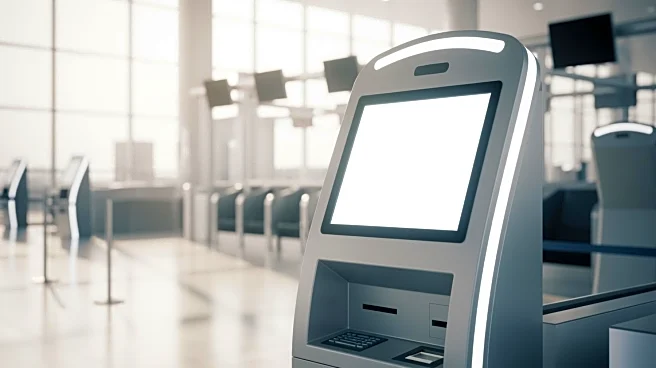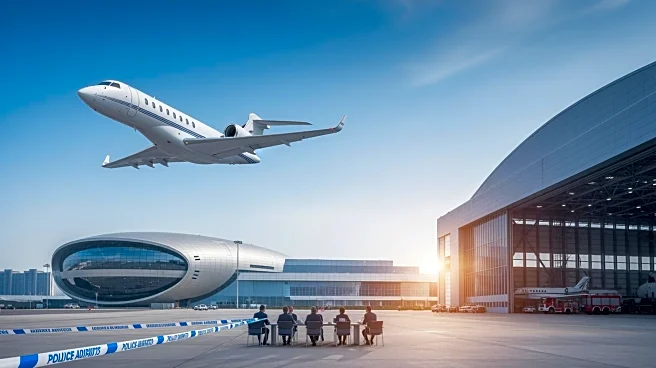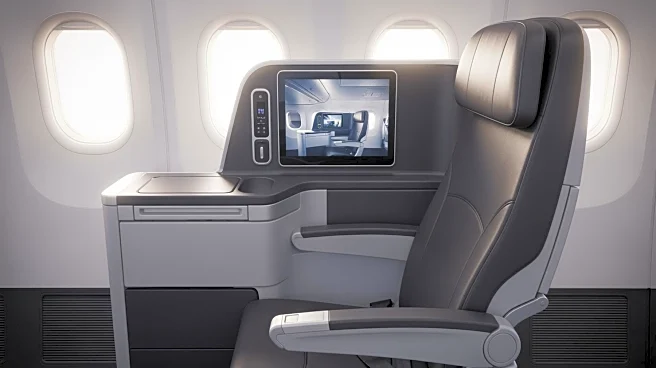What's Happening?
The Middle East's major connector carriers are experiencing a mixed recovery following the COVID-19 pandemic, as analyzed during the Dubai Airshow. Qatar Airways has shown a significant increase in flight
operations, surpassing pre-pandemic levels, while Emirates and Saudi Arabian Airlines (Saudia) are still operating below 2019 figures due to fleet adjustments. Etihad Airways, although having the lowest flight count, has demonstrated the highest percentage increase compared to 2019. The recovery is influenced by fleet composition changes and strategic operational adjustments.
Why It's Important?
The recovery of Middle Eastern connector carriers is pivotal for the global aviation industry, as these airlines play a crucial role in international connectivity. The varying recovery rates highlight the challenges faced by airlines in adapting to post-pandemic market conditions, including fleet management and operational strategies. The performance of these carriers is indicative of broader trends in the aviation sector, influencing global travel patterns and economic recovery. The strategic adjustments made by these airlines could serve as a model for other carriers navigating post-pandemic challenges.
What's Next?
As the recovery continues, Middle Eastern carriers are likely to focus on optimizing their fleet and operational strategies to enhance efficiency and meet increasing demand. This may involve further fleet adjustments and strategic partnerships to expand their market presence. The ongoing recovery will be closely monitored by industry stakeholders, as it provides insights into the resilience and adaptability of airlines in the face of global disruptions. Future developments may include increased collaboration among carriers to strengthen regional and international connectivity.












